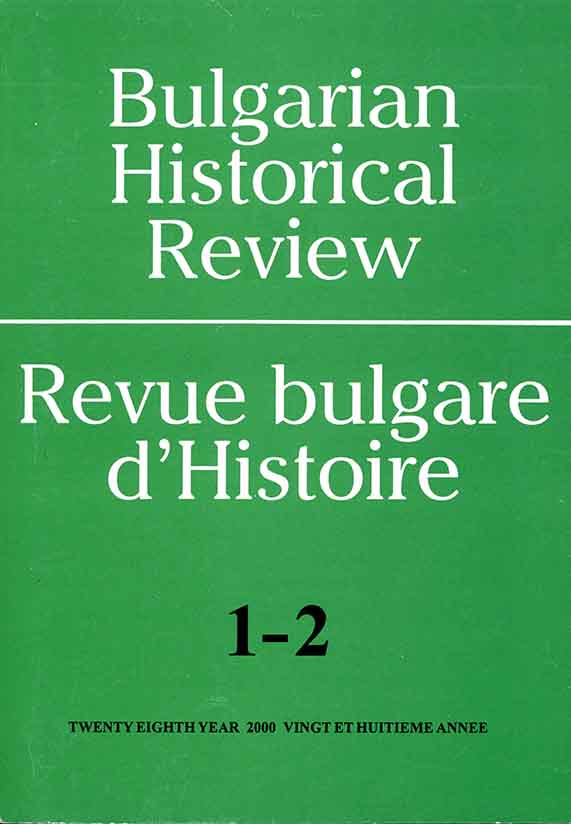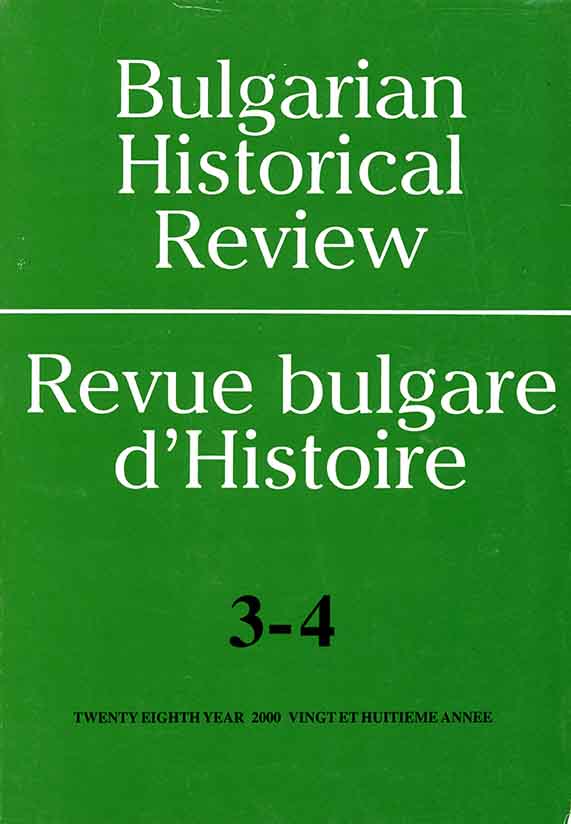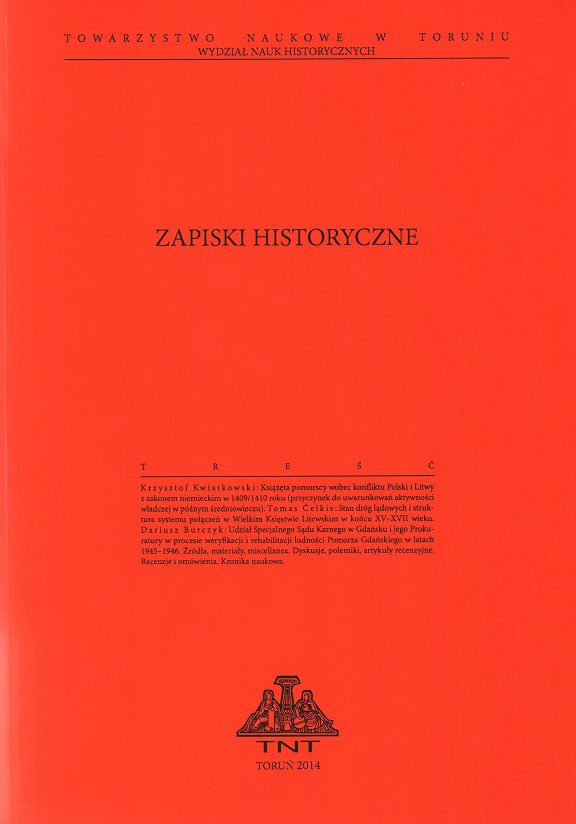
We kindly inform you that, as long as the subject affiliation of our 300.000+ articles is in progress, you might get unsufficient or no results on your third level or second level search. In this case, please broaden your search criteria.

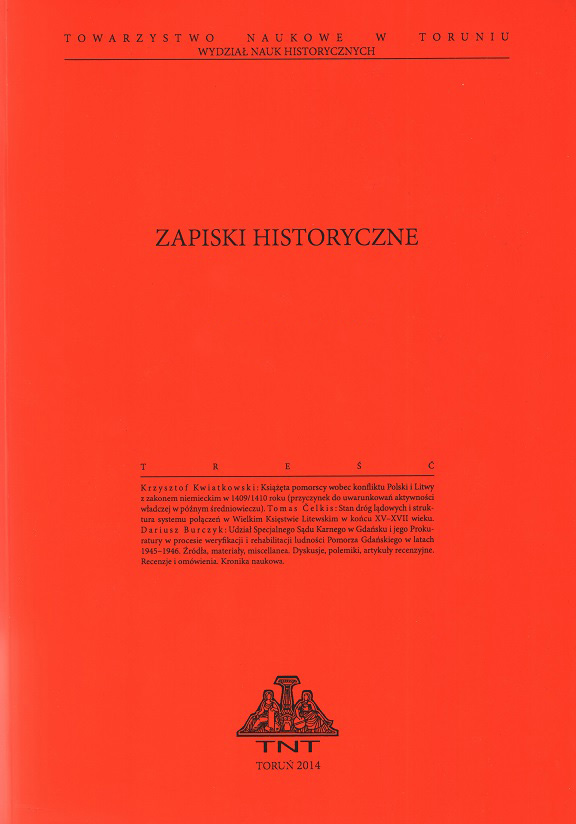
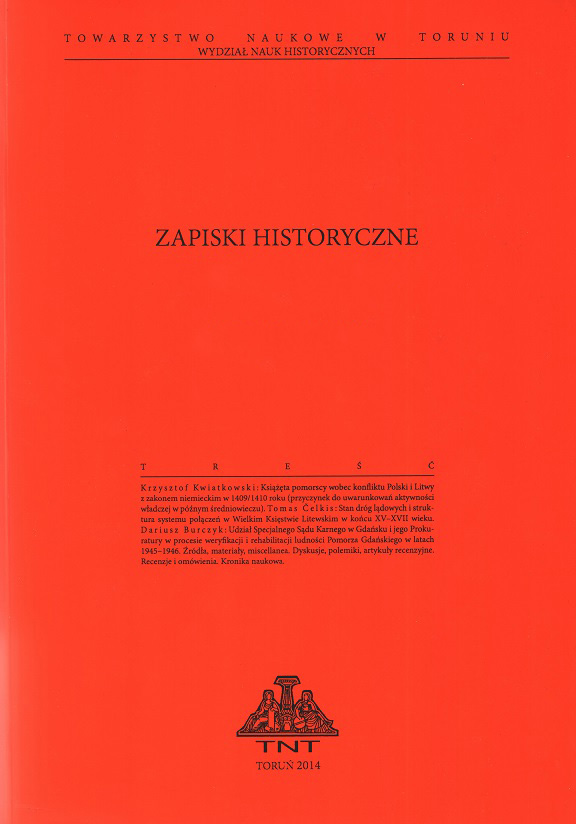
This article presents the issue of urban identity signs based on the example of Cracow’s tricity (Cracow – Kazimierz – Kleparz) and their transformations in the 13th–18th centuries. Analysing preserved heraldic and sigillographic monuments, the author adapted a questionnaire developed by Brigitte Miriam Bedos-Rezak in the Polish research, on the basis of which he distinguished three threads present in the self-presentation of those cities: 1. the ideal city (or self-government and independence of the commune); 2. religious (holy guardians); 3. historical, composed in conjunction with the content of captions of the seals with symbolic ‘portraits’ of municipalities. Originally, in Cracow, at the beginning of the 13th century, both the image of the autonomous commune (the gatehouse, the tower house of the Vogt), along with the statues of saint guardians (St. Wenceslaus and St. Stanislaus) and historical reminiscences (the founder’s coat of arms) were used. With time, these references were limited to the signum of the commune in the form of a gate and the state’s coat of arms accompanying it as a reference to the city’s having been the capital of the state. In Kazimierz, however, only the historical thread of the king-founder was exposed (the emblems of the ruler: the K monogram and the crowned royal head), although it is not entirely certain whether in the late modern period it was understood exactly in this way in the city. On the other hand, in Kleparz only a religious thread was represented – the saint patron (St. Florian) who stood guard over the city. Each of these signs, or sets of signs, grew out of their own local tradition; that is why, it is difficult to treat them as a homogeneous group.
More...
Despite the lush development of painting in late medieval Gdańsk (the second half of the 15th – the first half of the 16th) no realistic depictions of the city or its part have survived. The first realistic panoramic view of Gdańsk was made relatively late, just before 1573. It was published in Cologne in 1575 and again in the following year in the atlas by Georg Braun and Frans Hogenberg, Civitates orbis terrarum. The novelty of Braun and Hogenberg found many followers in Gdańsk, who from the 1590s until the third decade of the 17th c. created their own original panoramic views, characterized by a much greater accuracy and faithfulness to the details of their city. The veduta of Gdańsk (221 x 35.3 cm) made in 1592/1593 by Anton Möller the Elder, was followed in 1599 by a painting version, nowadays lost, which was a gift for Venice. In 1617 Aegidius Dickmann created a panoramic view of Gdańsk with an album of 14 views of streets and districts. This image in a miniaturized form finally found its way to commemorative medals, an innovation in this part of Europe. It appeared for the first time in a 30-ducat donatywa, or a coin-medal commemorating King Sigismund III Vasa, made by Samuel Amman and Herman Han in 1617. This panorama shows a harbour city belted with powerful fortifications, with its characteristic churches, and ships on the horizon; the king is portrayed on the reverse. Apart from making the city famous, the coins with Gdańsk vedutas emphasized that in the political alliance with the King of Poland, this mighty city is equal. It is in these coins that Gdańsk paid an annual tax amounting to 2,000 Hungarian florins due to the Polish kings. The panoramic view of Gdańsk was repeatedly recorded on occasional medals and gift coins. There are at least 32 medals of this type, out of which as many as 27 were minted in the 17th c.; the remaining 5 come from 18th c. Most commonly, these were golden donatywas, sometimes commemorative historical medals minted in gold and silver, e.g. to commemorate the peace concluded in Oliwa in 1660. The last medals with the views of Gdańsk date back to 1754 and were minted to commemorate the 300th anniversary of incorporation of Prussia to the Crown, and to 1760 which was the date of the 100 th anniversary of the peace of Oliwa. Other great cities of Royal Prussia only sporadically ordered such works. The gold and silver medals of Gdańsk with the city’s panorama were complemented by the panegyric image of a proud, mighty city invoked by writers – “laus urbis” or “in honorem Magistratus Gedanensis”. In the 17th c. the City Council generously rewarded such writers. In the 18th c. a weakening city seemed to be spending less money on propaganda purposes. After the occupation of Gdańsk by Prussia in 1793 these kinds of medals were not minted anymore.
More...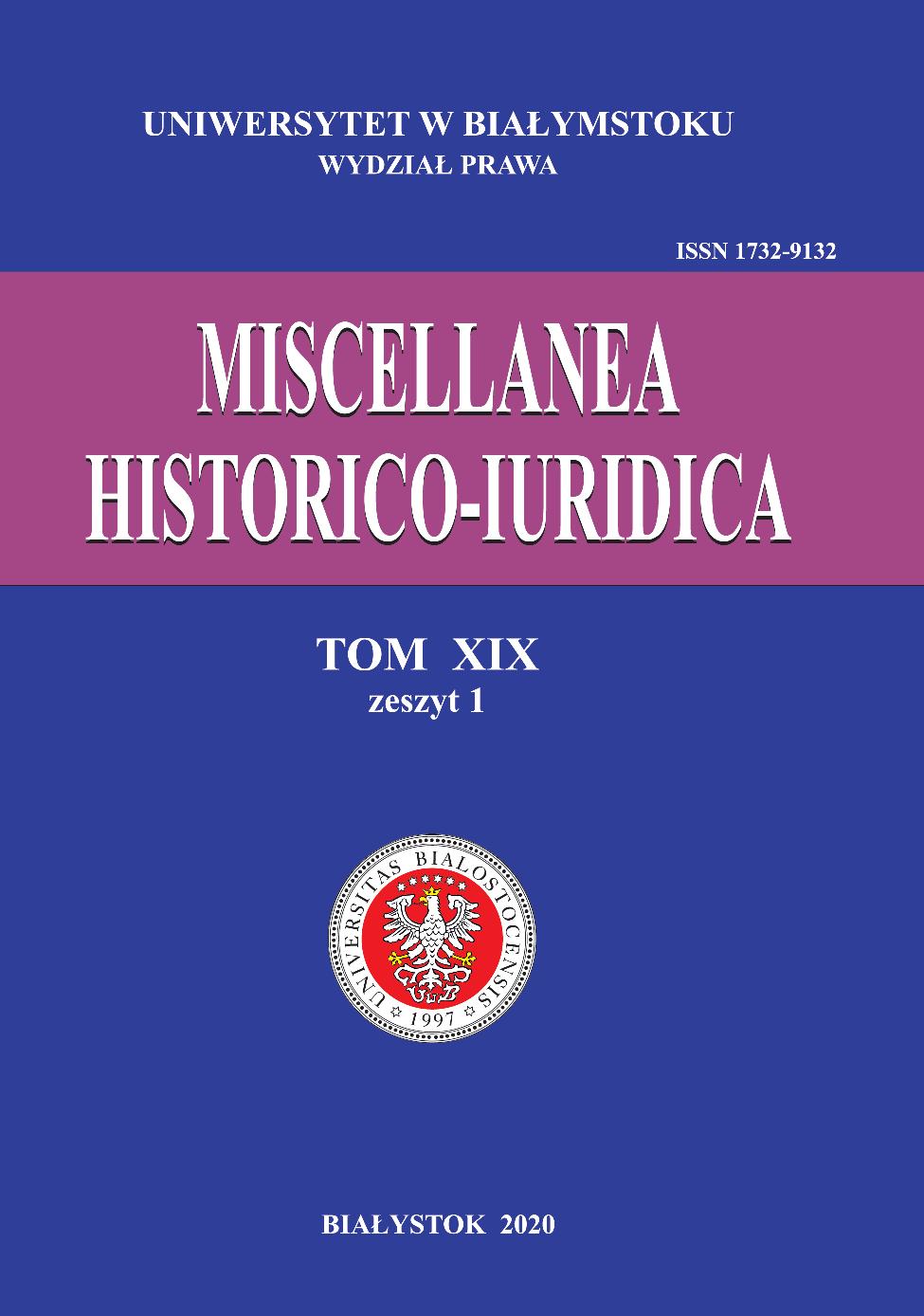
The article presents the controversy around the concept of childhood and subjectivity of a child in past centuries - in the Middle Ages and the early modern period. One of the analyzed issues concerns the existence in medieval culture of understanding the child as a being different from an adult. According to the widespread view, formulated in the 1960s and 1970s by Philipp Ariés, childhood in the Middle Ages was not noticed, it was not considered a separate, important stage in human life, a period governed by specific rules, different from important principles of the adult community. The child entered the adult world very early and assumed the role assigned to him. The discovery of childhood did not take place until the 16th and 17th centuries, when it began to be recognized that the child was and should be the subject of special treatment. Ariés' view of the non-existence in the Middle Ages of the sense of separateness of childhood is criticized by some medievalists - they accuse the French researcher of technical defects and an analysis of unrepresentative, too scarce source materials. According to the adversaries of Ariés, the analysis of childhood in the Middle Ages cannot be based on the modern definition of this term, just as considering the relationship "children - adults" in the Middle Ages cannot refer to contemporary categories. Opponents of the thesis about the non-existence of the concept of childhood in the Middle Ages argue that this epoch had its own vision of it, but it was a vision definitely different from the present one. The early modern period bring a new approach to childhood and the subjectivity of a child - the seventeenth century, in addition to the approach that the child placed at the center of family life, promotes an attitude that places particular emphasis on the child's development and fulfilment of its mental needs, while the eighteenth century brings a "romantic" vision of the child when it becomes - as a bearer of exceptional qualities and a creature of extraordinary sensitivity - a role model for adults. The development of education has certainly contributed to the formation of a subjective approach to children; the evolution of the attitude towards children in the human mentality finds its fullest reflection in the development of education and school institutions. Today, the concepts of childhood and the subjectivity of a child are the subject of complex interdisciplinary research - scientists from various fields of science combine their efforts to develop the most complete concept of childhood, corresponding to the challenges of modern times.
More...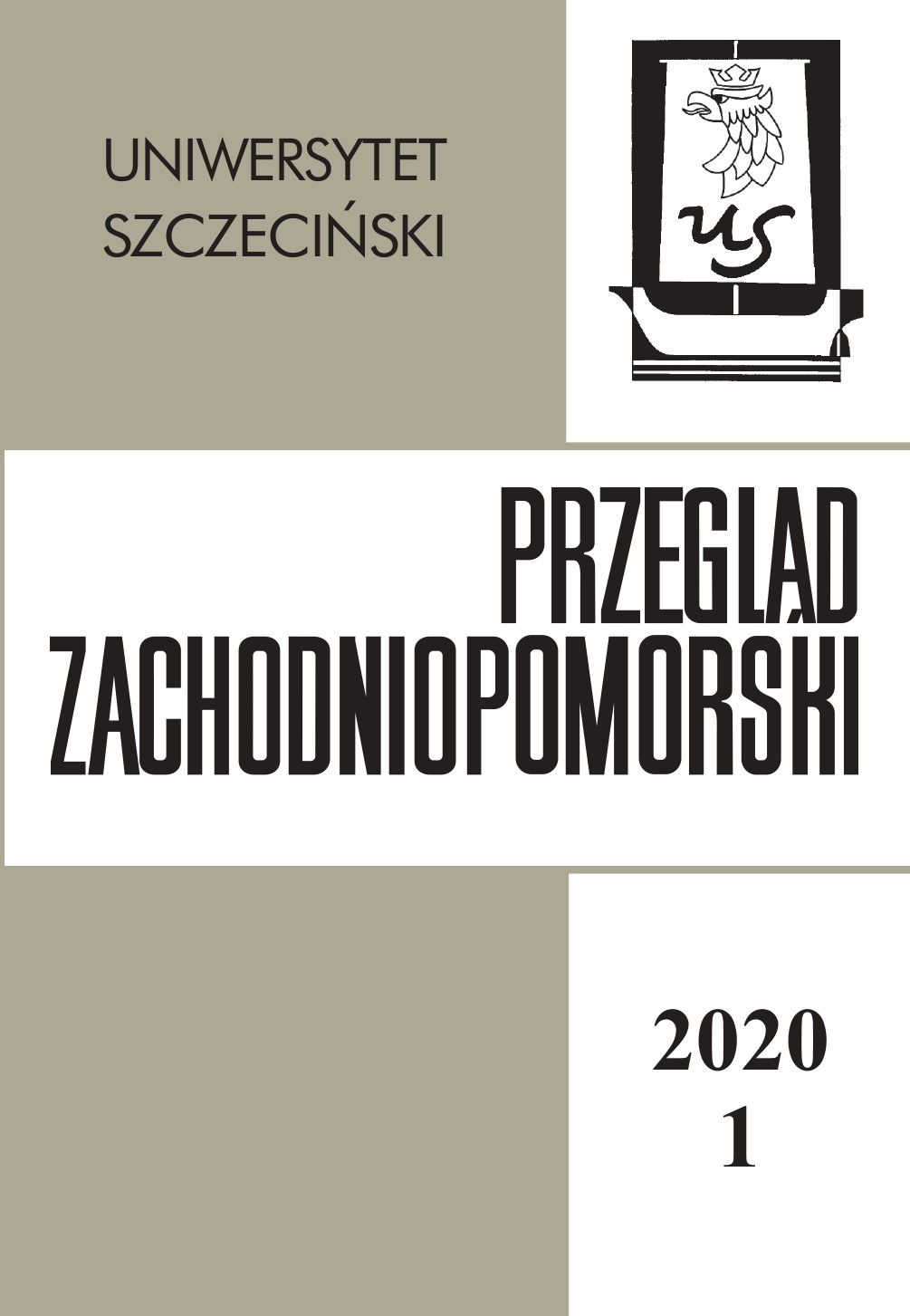
Folwark Wymysłów was part of the land property Pabianice which until 1795 belonged to the Cracow cathedral chapter. As a result of the 2nd and 3rd partitions of Poland, it was seized by Prussia and included in the then established South Prussia which became a territory of the Prussian settlement action. The seized land properties were divided into farms and organized into new colonies. Wymysłów was one of such settlements, established as a result of parcelling out Folwark Wymysłów. However, it was not populated with the typical Prussian settlers. Frederick William II of Prussia in 1796 gave consent that the land divided in Wymysłów might be settled by the French emigrants who were leaving their country because of the revolution (1789–1799). It was a group of aristocrats one of whom was Stanislas Jean de Boufflers. Granting land to the members of French aristocracy served not only the Prussian policy of settlement of the seized lands, but also implemented one of the principles of the policy of the Prussian authorities towards the emigrants from France, namely separating the refugees in order to prevent them from forming larger groupings in one place. It was also the effect of the contacts established by Stanislas Jean de Boufflers with the King of Prussia. The article describes the rise of the colony Wymysłów as a result of the Prussian settlement action, the emigration policy, and the principles of establishing and running new settlements. It also discusses the questions of the French emigration as a collective and individual experience seen in the context of the revolutionary legislature.
More...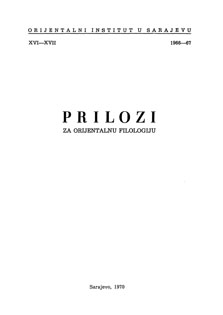
The review of: 1) Ad-duktūr 'Abd ai-Muhsin Tahā Badr, Tatawwur ar-riıwāya al-ara-biyya al-hadita fl Misr (1870—1938), Maktaba ad-dirāsāt al-adabiyya, Dar al-ma’arif, al-Qāhira, 1963. str. 483, 8° 2) Anthologie de la littérature arabe contemporaine, Les essais. Choix, présentation, traduction et introduction par Anouar Abdel — Malek Éditions du Seuil, Paris; 1969, str. 484. 3) Tāhā Husein. Instituta universitario orientale. Napoli 1964, pp, VII—XI + 309, 8°. 4) Arabsko-russkij i Russko-arabskij voennyj slovar' Sostaviteli I. Š. Danilov, V. I. Ryžkov, M, T. Anisimov pod redakciej I. S. Danilova Voennoe izdateistvo Ministarstva oborony SSSR, Moskva — 1965, str. 704. 5) Introduction à In littérature arabe par Gaston Wiet. Paris 1986. str. 337. 6) Русско-арабский учебный словарь 16 000 слов. Составил Г. Ш. Ша-братов с приложением очерка морфологии и фонетики русского языка Издательство »Советская Энциклопедия';. — Москва, 1964. формат 70 X 108/16. Печатных листов 74, 75 (102,4). 7) А. А. Ковалев, Г. Ш. Шарбатов, Учебник арабского языка. Издательство литературы на иностранных языка Москва, 1980. 8) Prof. dr Fuad Köprülü: Edebiyat Araştırmalart. Türk Tarih Kurumu, VII seri, sayı 47, Ankara, 1966. pp. 472. 9) VIII. Türk Edebiyatının Emeni Edebiyatı üzerindeki Tesirleri (Utjecaji turske književnosti na ermensku književnost) (239—269). 10) IX. Milli Edebiyat Cereyanının ilk Mübaşirleri (Prvi vjesnici nacionalne književnosti) (271—317). 11) Bahaeddin Ögel, Islamiyetten önce Türk Kültür Tarihi. Orta Asva Kaynak ve Buluntularına Göre TTK yayınlarından VII seri — No 42 T T K basımevi. Ankara 1062., 403 Strane formata 27 X 24 Cm 12) Anthologie de la poésie turqe, (XIII—XX siècle). Textes choisis, présentés et traduits par Nimet Arzik, Izdanje Gallimard, Paris-Mesnil-Ivry, 1968, 166 str. 13) Stanford J. Shaw: Ottoman Egypt in the eighteenth century, Cambridge, Harvard University press, 1962; P 61 + 20; 8*. (Naporedna naslovna struna i arapski tekst: Nizamname-i Misr of Cezzar Ahmed Pascha). 14) Bahriye Uçok, Islam Devletlerinde kadın hükümdarlar. Ankara Univertisesi İlahiyat Fakültesi İslam Tarihi Kürsüsü, Ankara 1965, 208 s. 15) Cengiz Orhonlu: Osmanli imparatorluğunda derbend teşkilati. Istanbul Üniversitesi Edebiyat Fakültesi Yayınlan No 1209. Istanbul 1967. str. XXIII,+ 175. 16) Bisera Nurudinović, Bibliografija Jugoslovenske orijentalistike – Bibliography of Yugoslav orientalistics, 1945-1960. Orijentalni Institut. Posebna izdanja, knj. VI, Sarajevo 1968. str. 242. 17) English-arabic dictionary of political, diplomatic and conference terms, M. Mansour, M. A., Mc Graw-HII book company, Inc. New York, Toranto, London 1961, pp. XV + 353 + ll. 18) VII. Türk Edebiyatında Aşic Tarzınin Menşe ve Tekâmülü (Postanak i razvoj poezije ašika u turskoj književnosti) (195—238).
More...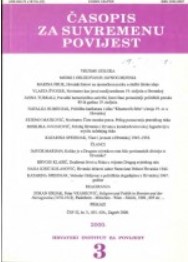
Social life in Sisak during WWII (April, 1941- May 1945) had not stopped, but had adjusted to the new circumstances. War and change of authorities had imposed new criteria and priorities. With the destruction of the largest part of archival materials after the war, the most important source of information was the weekly "Hrvatske novine", which had been published from 1925 to 1945. At the beginning of the WWII Sisak had a little less than fifteen thousand inhabitants and was a strong economical and craftsmanship center, what had affected the development of the social life. During the wartime years numerous sport and musical events, movie projections, performances and ceremonies, lectures and other similar activities had been taking place. This was supposed to serve as a proof for the normal functioning of the city. However life was not developing in a completely normal manner, but was restricted to wartime circumstances (lights being turned off, curfew, bombarding ... ) and the actions by the new authorities. into the new order some Sisak associations and politically undesirable individuals (like the Communists) did nat fit in, as well as members of some ethnic minorities (like the Serbs and the Jews).
More...
Review of: Pavao Knezović - Župa Dubravice u prostoru vremenu (urednik fra Petar Klarić), Dubravice 2000
More...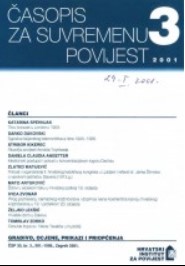
Review of: Stjepan Matković - JOHN W. BOYER, CULTURE AND POLITICAL CRISIS IN VIENNA. CHRISTIAN SOCIALISM IN POWER, 1897-1918, The University of Chicago Press, Chicago, 1995., 702 str.
More...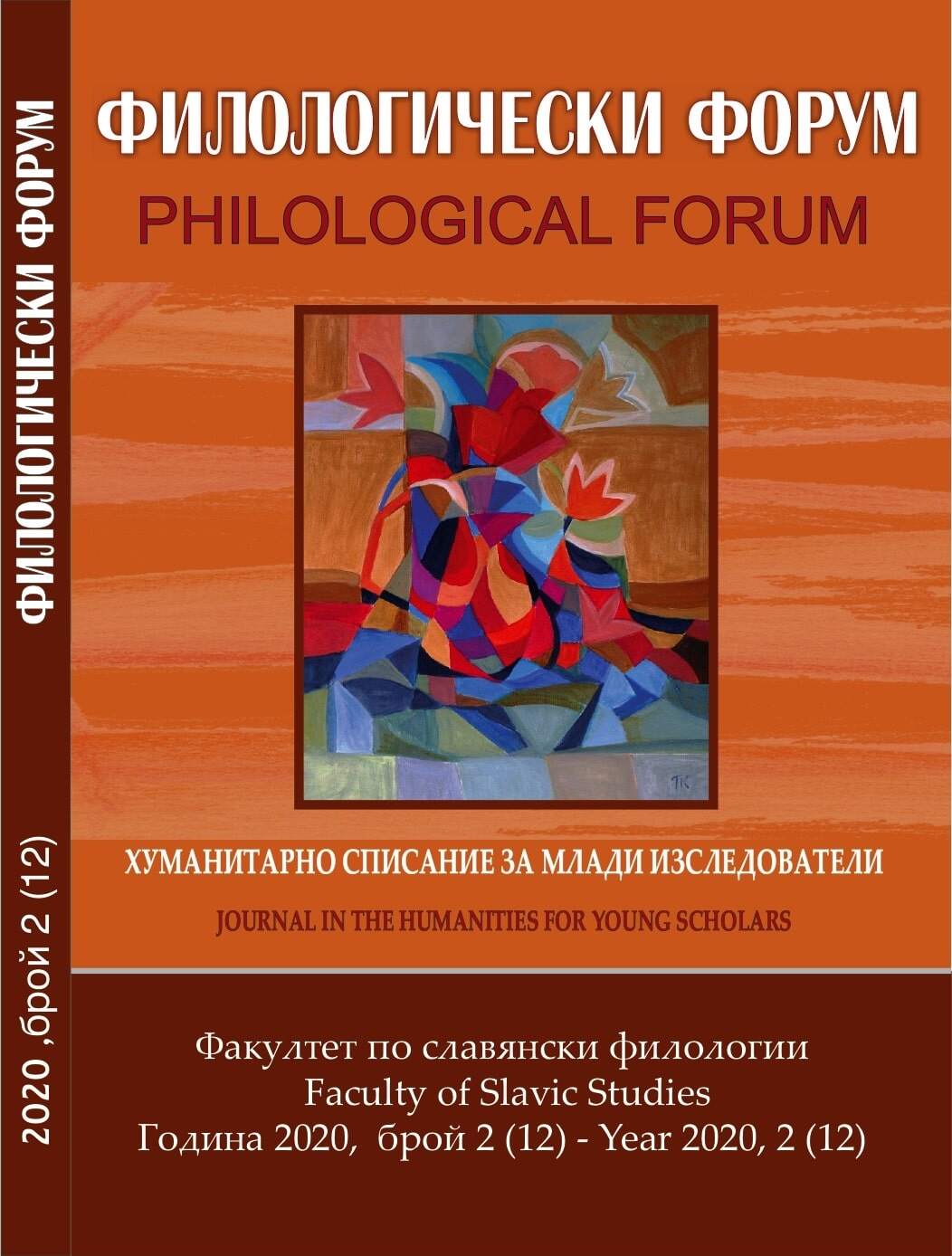
The Homily In decollationem Praecursoris et Baptistae Joannis, et in Herodiadem (BHG 859/CPG 4570), which is often attributed to John Chrysostom, was translated in the early Old Bulgarian period. The present article examines the text-critical tradition of the Old Bulgarian translation based on three copies of the Homily on the Beheading of St. John the Baptist which are preserved in calendar collections. Differencies in text completeness and lexical variants are traced in the three sources. The analysis shows that the Jagicev Zlatoust contains the most individual features and ms Cetinje 50 has the least deviations from the prototranslation. The last mentioned copy shares a lot common variant readings with the Mihanović homiliary, which leads to the idea that they belong to the same branch of the manuscript tradition, although they do not originate from the same prototype.
More...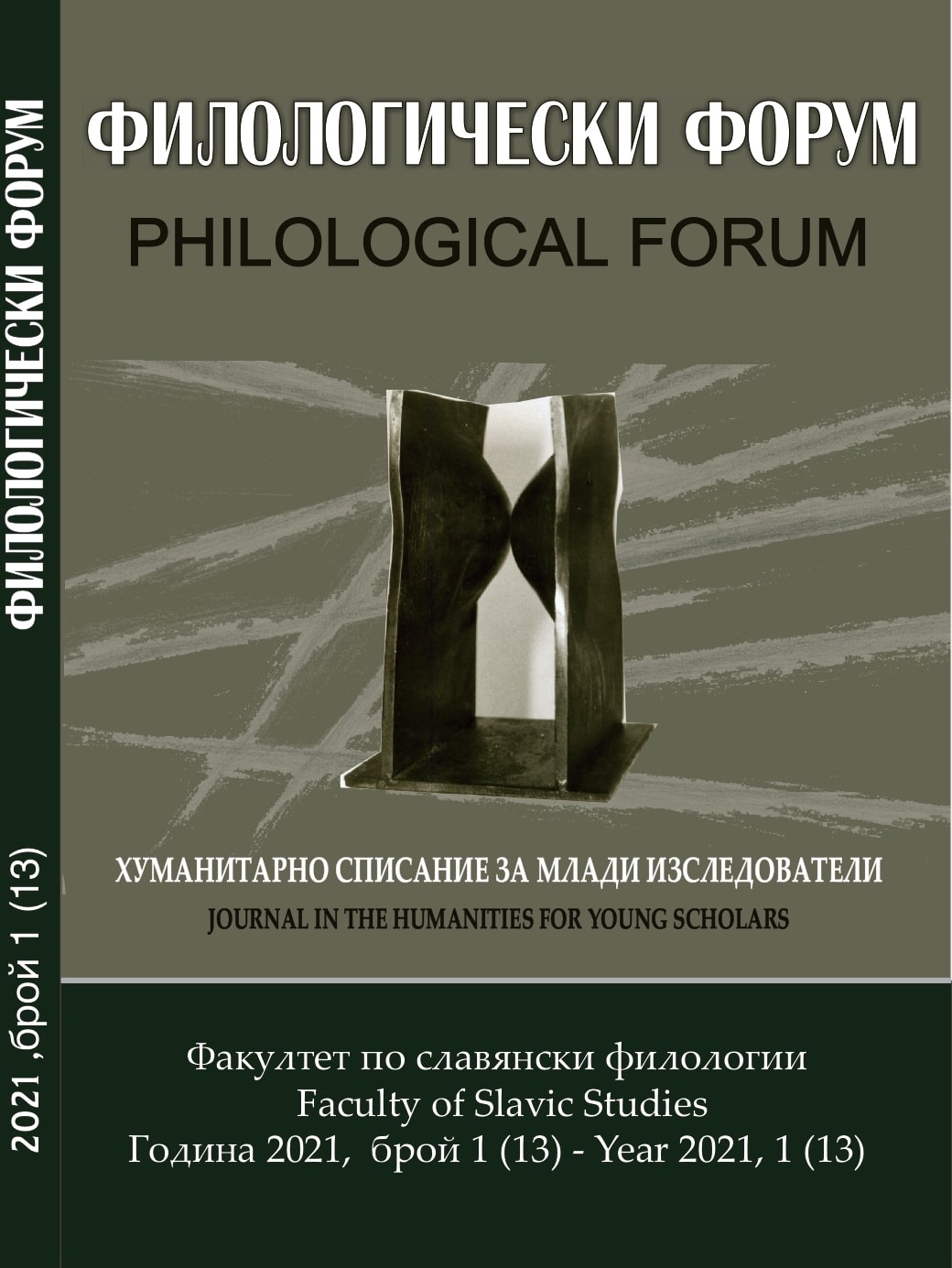
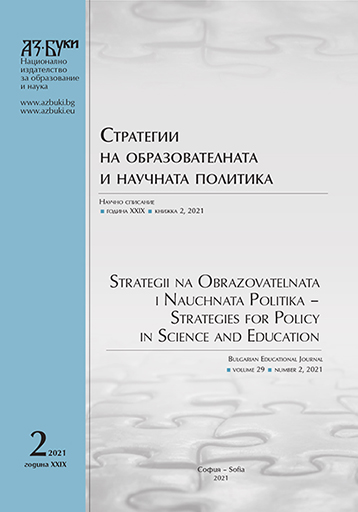
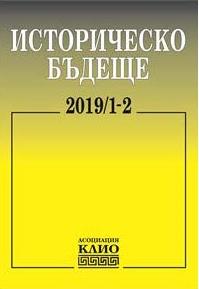
There are key names among the representatives of the Alevi-Bektashi poetic tradition, whose life and work have been closely related to the Balkan Ottoman provinces, and more specifically, today’s northeast and northwest Bulgarian territories. In this sense, these are poets who originated from the community itself here, or settled here and became an integral part of the emerging Balkan Alevi-Bektashi community. Among them are key names of people who are related to this religious-mystical poetic tradition, for whom we can find nothing in the Ottoman biographical collections, but who are important for the functioning of this tradition here. Muhyiddin Abdal belongs exactly to this group. In this article, for the first time in the Bulgarian scientific literature, an attempt is made to present the information about the personality of Muhyiddin Abdal. His religious-mystical affiliation is commented on and attention is paid to the research interest in him in the Turkish scientific literature. Information is given about the cult center associated with his name and located in Eastern Thrace near the village of Hacı danişmend (region of Lâlâ Paşa, Edirne vilayet, Turkey). The most widely considered are the religious-mystical and ethical views, represented in his verses, some of which are given for the first time in Bulgarian translation. The thesis is argued that Muhyiddin Abdal belongs to an Islamic mystical tradition, intertwined with Alevism, Bektashism, Calendarism and Hurufism. The study emphasizes on the two key motives in his verses – the cult of Ali ibn Abu Talib and the cult of Man as a higher creation of God and the Universe. The verses presented in the article are extracted from two notebooks with nefesi (religious-ritual songs), written in the Ottoman Turkish alphabet, found by us in the village of Sevar (Ceferler), region of Razgrad, and from a dozen notebooks with nefesi written in Turkish Latin belonging to representatives of the Alevi-Bektashi community in the villages of Sevar, Mıdrevo, (Mesimahlesi), Bisertsi (Kasçılar), Ostrovo (Ada köy), Razgrad area. In conclusion, the verses of Muhyiddin Abdal play a key role in affirming the Alevi beliefs and the Hurufi and mystical views that are adapted to them in a specific interpretation in the Eastern Balkans and in particular the northeastern Bulgarian territories in the Ottoman period. The ideas presented in them about Man quite deservedly raise him to the level of his predecessor Yunus Emre – a standard of humanism in Türk (respectively Turkish) religious-mystical poetry.
More...
A presentation of the book ‘The Medieval Balkans through the Eyes of European Travelers (14th – 15th century)’ by Ivaila Popova
More...
A presentation of the collective monograph ‘Thessaloniki and the Bulgarians: History, Memory, Modernity’, edited by Institute of Balkan Studies and Center of Thracology – Bulgarian Academy of Sciences
More...